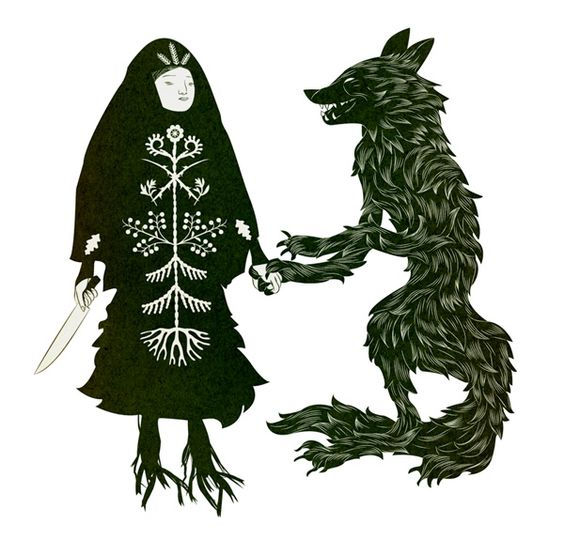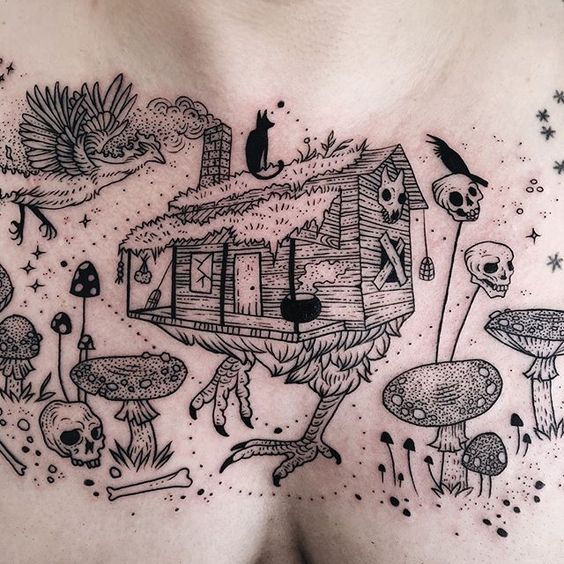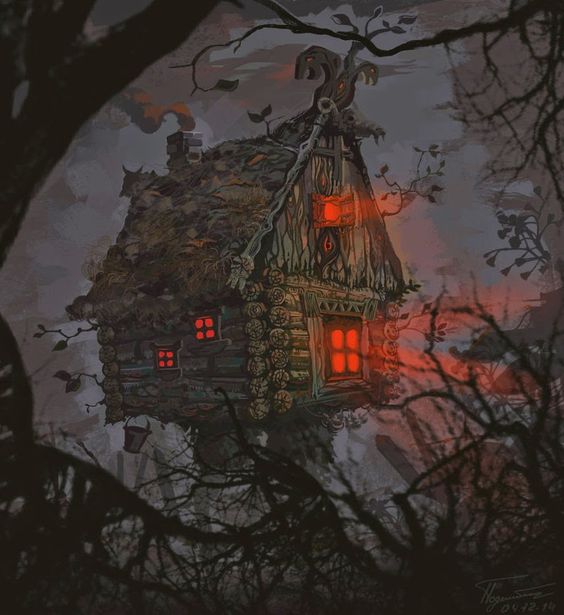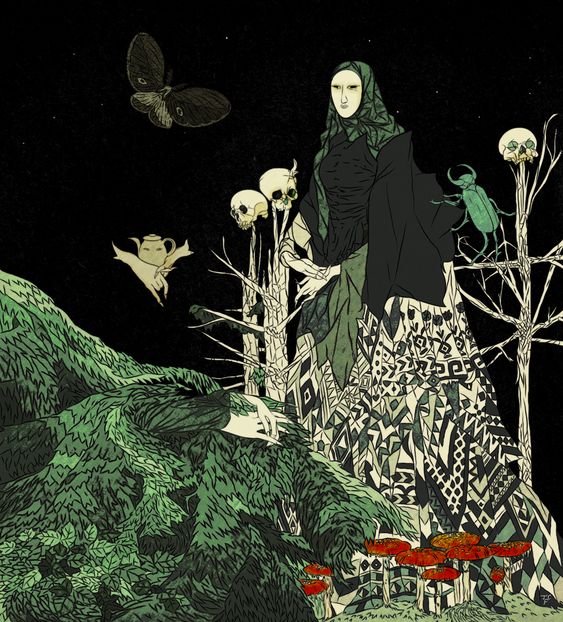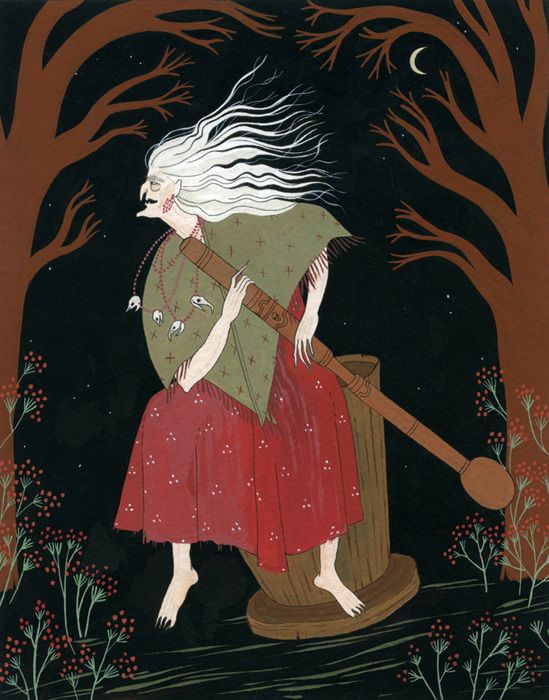Back in the beautiful 90s (yes, I do miss them very much) deep within a tangled wood in a Yorkshire moorland valley, sat Baba Yaga’s hut. I was seven when I first learned about it, and I was told, extremely convincingly, that it stood on chicken legs and would wander around at will. I was also told that I shouldn’t try to find it.
So, of course, my friends and I scuttled into the woods at the first opportunity and tracked down the old wooden shack. I have to admit I was more relieved than disappointed to learn it didn’t actually stand on chicken legs, though it didn’t diminish my belief that Baba Yaga really did live there.
As a child, I never stepped inside. A friend would push on the door (I didn’t dare) and then we’d run away screaming, pretending the crone was coming after us. At that time, I didn’t know her real home was far away in Russia. If someone would have asked me about her, I would have said, ‘yes, she’s real…she lives in the woods behind the kindergarten.’
About fifteen years later, I had plans to attend a gathering with some old school friends. When I found out it was to be in Baba Yaga’s hut I felt quite the chill shake my bones. When I arrived there, it was twilight and the hut’s creep factor had but intensified over the years. I remember feeling distinctly uncomfortable sitting with my back against the damp walls like something really fucking terrible was about to happen. Nothing terrible did happen, except for when I needed to go and wee and had to thread my way through the trees in the dark. At that moment, I felt like I was chewing my heart, fully expecting gnarled hands to grab me by the shoulders and haul me away through the trees.
Despite the story of Baba Yaga appearing fairly regularly throughout my life in stories read both by school teachers and my parents, I’ve shockingly never written about her myself, so feel as if I don’t have that closeness, that familiarity like I do with other creatures of folklore, such as the Wendigo, the Barghest and Gryla. I want to change this though and will write about her in my next poetry collection.
I do, however, have a writer friend who lived in Russia and who’s written widely about the crone. Several of her excellent Baba Yaga poems will be featured in the Maiden Mother Crone anthology due for release in August by Slice Of The Moon Books.
Baba Yaga (also spelled Baba Jaga) is the wicked witch of Slavic folklore, though I prefer the terms ‘wild woman’ or ‘dark lady of magic.’ Baba means ‘old woman’ or ‘grandmother,’ and the meaning of Yaga is disputed, though it’s likely to mean ‘wicked.’
Like I mentioned before, Baba Yaga lives in a hut which stands on gigantic chicken legs. It’s often pictured without windows or a door and the fence surrounding the property is made of human bones with skulls on top. At night, the empty eye sockets emit an eerie yet powerful glow.
Baba Yaga is a curious character who, on one hand, is seen as a mother nature type, but on the other, as an evil piece of work who loves nothing more than to cannibalize folk lost in the forest. To get herself around, she flies around in a mortar using a pestle as a rudder. For some reason, this is one of the things that scared me as a child. Oh, and the fact she has iron teeth used to give me nightmares.
The most famous and brilliant story that I’ve heard that features Baba Yaga is Vasilisa The Beautiful. If you want to read it, you can find it here.
Taisia Kitaiskaia, the author behind the brilliant book Ask Baba Yaga looks up to the crone as an aspirational figure. “That image of an old woman living in the woods, doing whatever she wants all day long, continues to be my dream for myself.” I can’t help but agree with this statement thousands of times over.
When I went to search out art on Instagram, like a usually do, my feed was filled with some bloke called John Wick. Who he is and what he has to do with Baba Yaga I don’t know, so I ended my search quite quickly on Instagram and took to Pinterest instead where I found so much art celebrating Baba Yaga that I’m going to have to do a second, even a third blog post about her.
One of my favourite pieces would have to be the one by Bill Crisafi. I’ve been following his work since 2013 and everything he creates is magic of the purest, deepest kind. For now, I hope you enjoy what I’ve gathered and if you have knowledge to share about Baba Yaga, I’m hungry for it!

